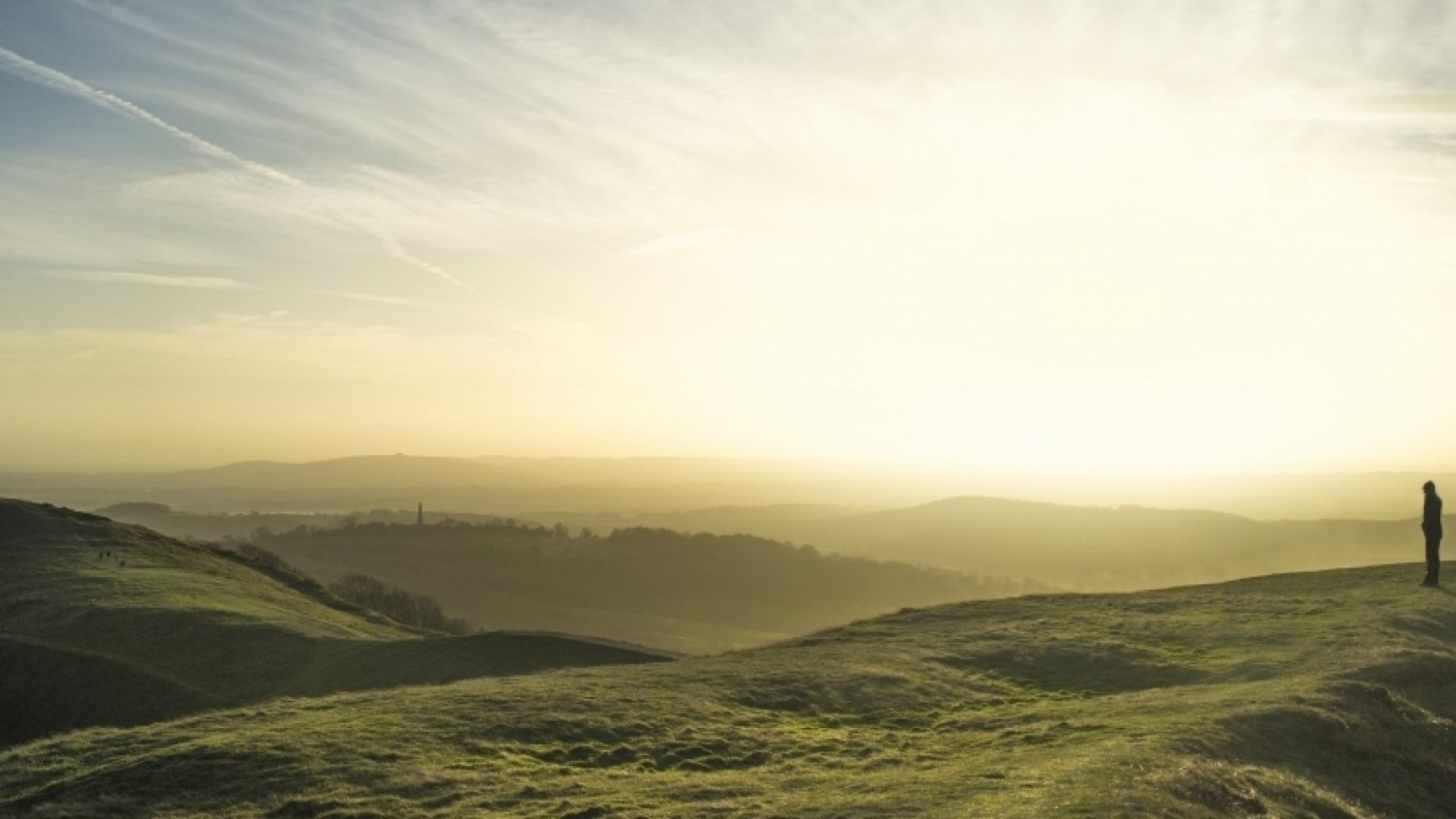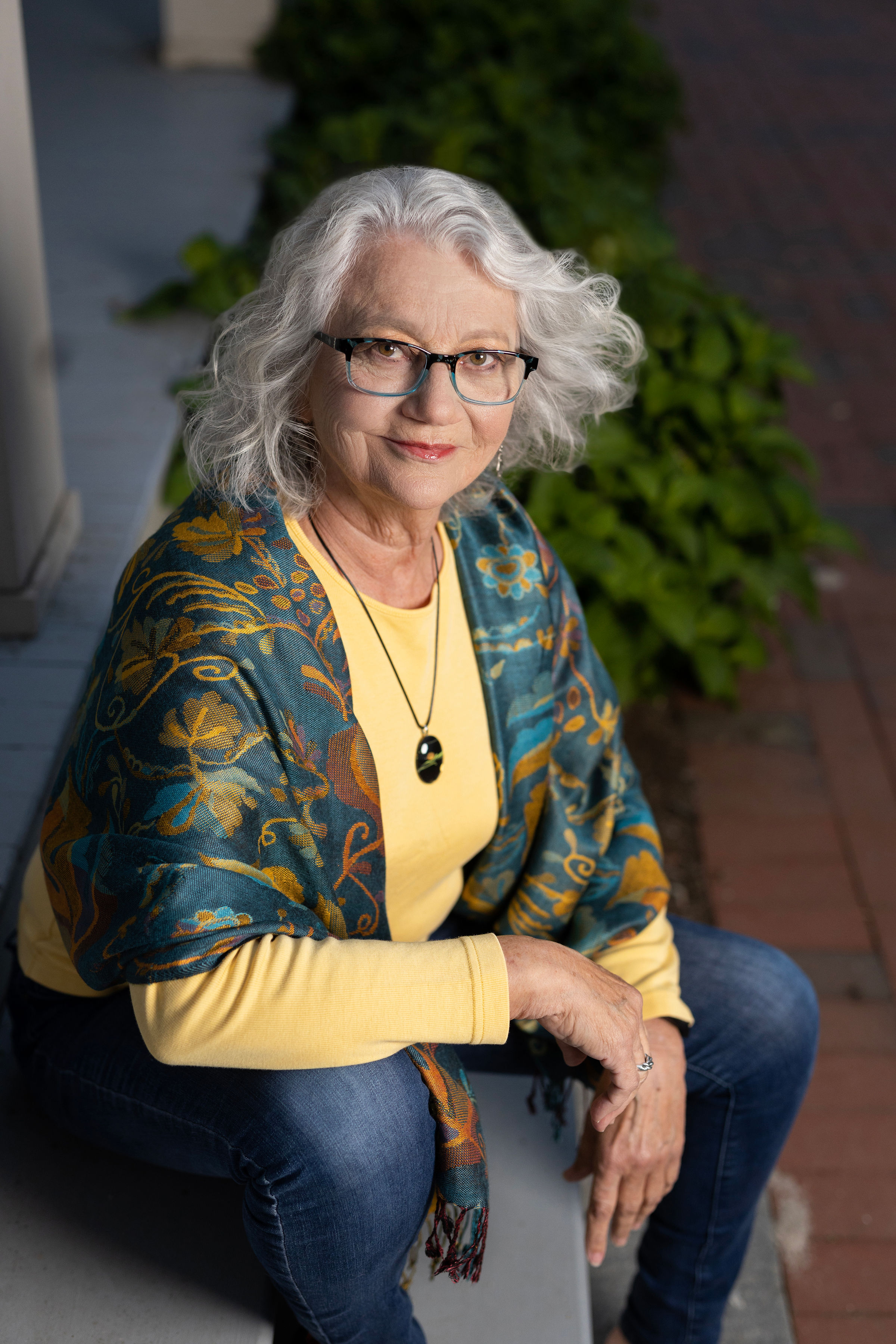In the Silence
 In the Silence
In the Silence
What happens in the silence?
Back in my acting school days, we were often encouraged to dwell in the small silences between sentences—to not feel compelled to speak straight through, but to allow the character to think, to consider, to ruminate, if you will. And then going even further back, I remember a one-act play, actually a “sketch”, by the avant-garde playwright, Harold Pinter, in which silences were a key aspect. Of course, the two characters were both in midlife and I was in my twenties; what did I know of broken marriages and broken lives where silence reigned? That would come much later.
Silences exist in music – the rests, they call them, but most aren’t long and demanding. Unless one is in a band or orchestra and has a small part. Lots of waiting then, but I wouldn’t call that silence at all.
And then there are the silences when someone doesn’t know what to say next, perhaps in times of sorrow, grief, and loss. Or, in an argument, but I was never good at that. I was one of those “keep talking” types that was figuring things out after the words came out of my mouth.
In writing, I’d say silence is next to impossible to convey. After all, most people assume that thinking, at the very least, is happening if silence is indicated in print. Even if I wrote the word, “Listen!” I’d better describe what was happening in the moment.
Some of the psalms seem to have an interesting way to address the idea of silence. At the end (or in the middle) of some of those “songs,” the writer puts, “Selah,” which I always thought translated to mean “Pause and calmly think of that.” Well, that’s not quite true, it seems. At some point, in recent years, there has been some controversy over the word. Does it mean “pause and reflect” or is it just a musical notation? In any case, Selah appears seventy-one times in the Psalms, so it must have some significance. I’ll let the scholars pause and calmly think about that.
Today, I’m thinking about a different kind of silence, one that is found in certain prayer practices. It’s a steep learning curve, to be quiet. It can also be called a contemplative stance in which the moment is given over to silence, allowing God to manifest in some way outside of “thoughts.” I’m pretty good at thinking; unfortunately, I’m not so good at turning that thinking off. Numerous books are written on the spiritual practice of silence, sometimes called “centering prayer,” sometimes called meditation. In any case, it takes time to master silence, whether it’s ten minutes or an hour.
James Finley, one of the CAC (Center for Action and Contemplation) faculty says that silence is the “inner stance of the least resistance in order to be overtaken by the oceanic flow of God.” I want this. I believe creatives of all types would benefit from this kind of practice.
But to answer my original question, what happens in the silence? The first answer is easy: nothing. That’s the point. And yet, the ultimate answer is that everything happens, we just can’t see, touch, or know it with our conscious mind. Silence works deep within and where we meet God.


